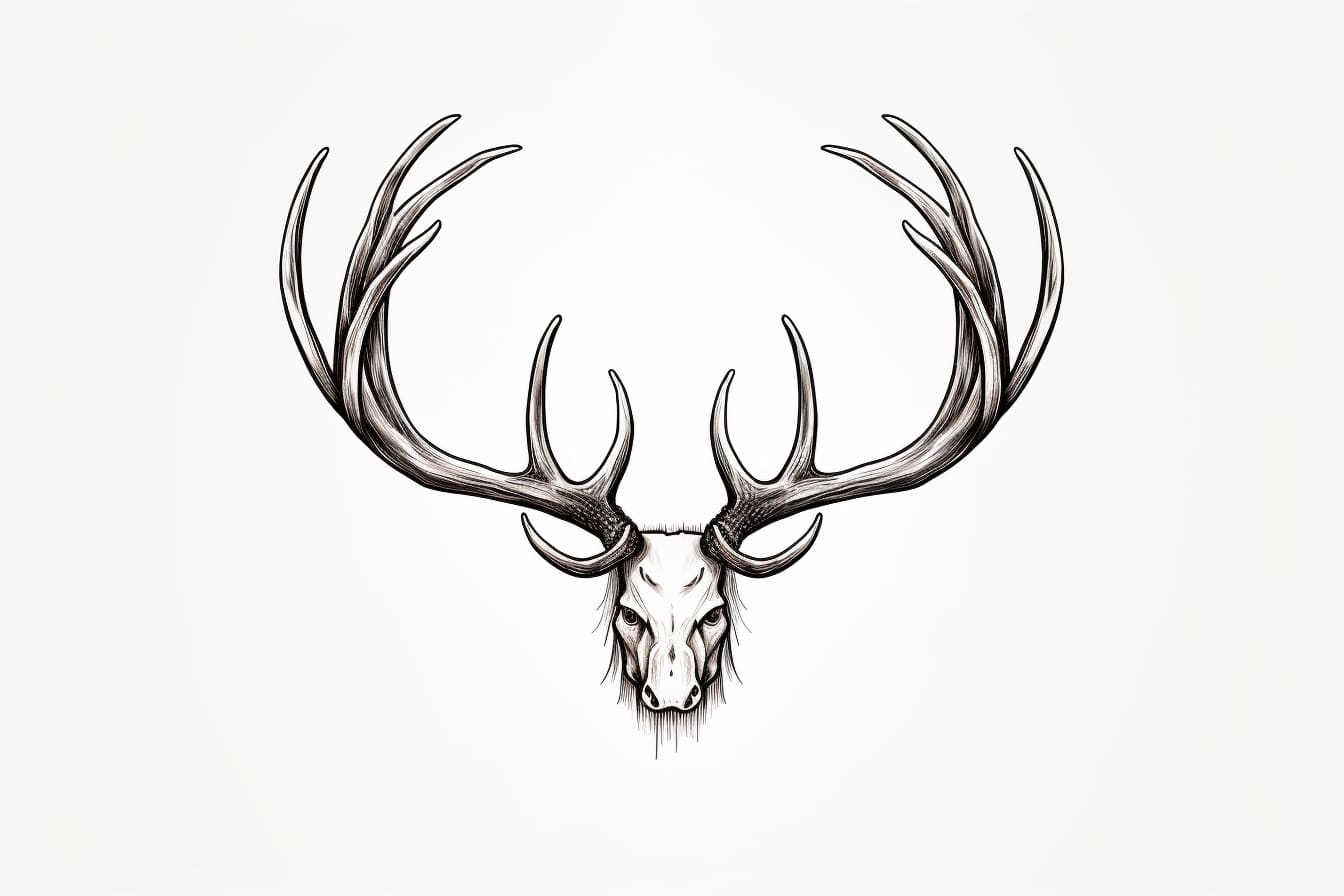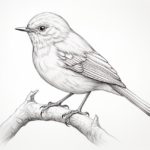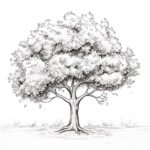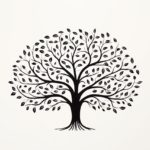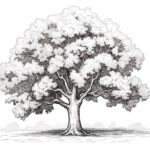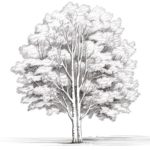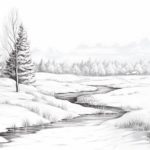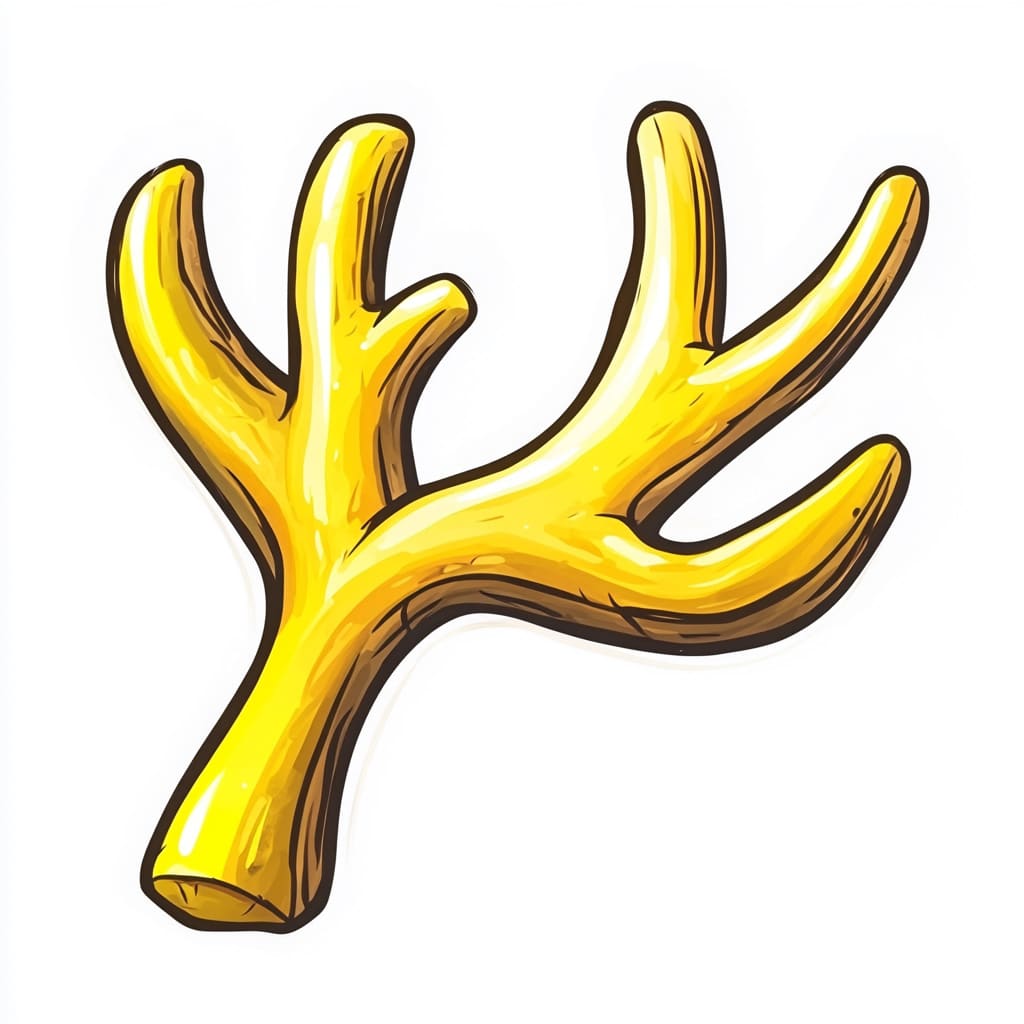
Drawing antlers can be an exciting and fulfilling endeavor for artists at any skill level, from novices picking up a pencil for the first time to seasoned illustrators looking to refine their technique. These splendid formations, typically associated with majestic creatures like deer and elk, are not just visually stunning; they also provide an opportunity to delve into the intricate beauty of nature. The unique textures and sweeping curves of antlers invite artists to explore a fascinating subject that embodies both grace and strength.
In this guide, we will journey into the world of antler drawing, sharing valuable techniques, insightful tips, and creative tricks to help you master capturing their distinct features. As we break down the drawing process step by step, you’ll learn how to observe the nuances of antler shapes and details that give them their character. With the right tools and approach, you’ll be well-equipped to translate these captivating natural wonders onto your paper.
So gather your drawing materials, sharpen your mind, and prepare for an artistic adventure! Together, we will unlock the secrets to creating remarkable renditions of antlers, allowing you to express your creativity and deepen your appreciation for the natural world. Let’s embark on this imaginative journey and elevate your drawing skills to new heights!
Materials Required
To draw antlers, you will need the following materials:
- Pencil: To sketch out the basic outline and details of the antlers.
- Paper: A smooth, heavyweight paper is recommended for drawing to prevent smudging and allow for fine details.
- Eraser: To correct any mistakes or lighten areas of the drawing.
- Sharpener: To keep your pencil sharp for precise lines and details.
- Reference images: It’s helpful to have pictures of antlers to use as a reference for shape, texture, and details.
- Optional: Colored pencils, markers, or pastels if you want to add color to your drawing.
- Optional: Blending tools such as blending stumps or tortill
How to Draw an Antler: a Step-by-step Guide
Step 1: Start with Basic Shapes
Begin by lightly sketching two curved lines that form the main antler shape. You can start by drawing a long, slightly wavy line for the main branch of the antler and then add smaller curved lines branching off from it to create the smaller details.
Step 2: Add Details
Next, add more details to the antler by sketching smaller branches and points along the main shape. Antlers typically have a rough and textured surface, so you can add small bumps and ridges to make it more realistic.
Step 3: Refine the Shape
Once you are satisfied with the basic outline and details of the antler, go over your initial sketch with darker lines to finalize the shape. Pay attention to the curves and angles of the antler to make it look more three-dimensional.
Step 4: Add Shadows and Highlights
To give the antler more depth and dimension, add shading to create shadows and highlights. Identify a light source in your drawing and shade one side of the antler where the light would not hit, while leaving the other side lighter to indicate highlights.
Step 5: Final Touches
To complete your antler drawing, go over the entire sketch with a darker pencil or pen to define the lines and details. Erase any remaining guidelines or sketch lines that are no longer needed. You can also add more texture and depth by adding additional shading and details as needed.
Step 6: Optional Details
If you want to add more realism to your antler drawing, you can include details such as moss, lichen, or small branches intertwined with the antler. This will enhance the overall appearance of your artwork and make it more visually interesting.
Step 7: Practice and Experiment
Drawing antlers can be challenging, so don’t be afraid to practice and experiment with different shapes, sizes, and styles. Study reference photos of antlers to get a better understanding of their structure and texture. With practice, you will improve your drawing skills and create more realistic and detailed antler illustrations.
Conclusion
In conclusion, mastering the art of drawing antlers requires patience, attention to detail, and practice. By breaking down the structure of the antlers into basic shapes, understanding the underlying anatomy, and studying the intricate details of their texture, artists can create realistic and captivating representations of these majestic features. Remember to experiment with different techniques, seek inspiration from nature, and most importantly, enjoy the process of bringing these unique elements of wildlife to life on paper. With dedication and perseverance, anyone can enhance their artistic skills and create stunning drawings of antlers that truly capture the beauty and essence of these natural wonders.
Fun Facts About Antlers
- Antlers are the fastest-growing tissue in the animal kingdom, with some species able to grow up to an inch per day.
- Antlers are unique to the deer family (Cervidae) and are grown and shed annually by most species.
- The size, shape, and number of points on antlers can vary greatly between species and individuals, with some reaching impressive sizes and complexity.
- Antlers are composed of bone and are covered in a layer of velvet during the growth phase, which is a network of blood vessels that supply nutrients for growth.
- Antlers are primarily used by male deer (bucks) for fighting and display during the mating season, known as the rut.
- The shedding of antlers, known as casting, typically occurs after the mating season and is triggered by changes in hormone levels.
- Antlers play a significant role in sexual selection, with females often choosing mates based on the size and quality of their antlers.
- Antlers have been used as symbols of strength, power, and regeneration in various cultures and mythologies throughout history.
- Antlers are also used in traditional medicine and as decorative items in various cultures around the world.
- Some species of deer, such as reindeer, have antlers in both males and females, while in most species, only males grow antlers.
Suggestions for Scenes and Settings for Drawings of Antlers
- A majestic stag standing in a misty forest at dawn, its antlers adorned with morning dew.
- A close-up study of antlers with small woodland creatures—like birds or squirrels—perched playfully among the branches.
- A mythical creature (such as a forest spirit or faun) with elaborate, twisting antlers covered in moss and hanging vines.
- Two deer locking antlers in a dramatic display of strength during a woodland battle.
- An antler still life: a pair of shed antlers resting on a bed of autumn leaves and pinecones.
- A surreal scene where antlers transform into tree branches, seamlessly blending animal and plant forms.
- A portrait of a moose with snow-dusted antlers in a wintry landscape.
- An enchanted crown made of antlers worn by a woodland queen or king.
- A detailed texture study focusing on the cracks, bumps, and unique markings on a single antler.
- A herd of elk crossing a river at sunset, their antlers silhouetted against the glowing sky.

